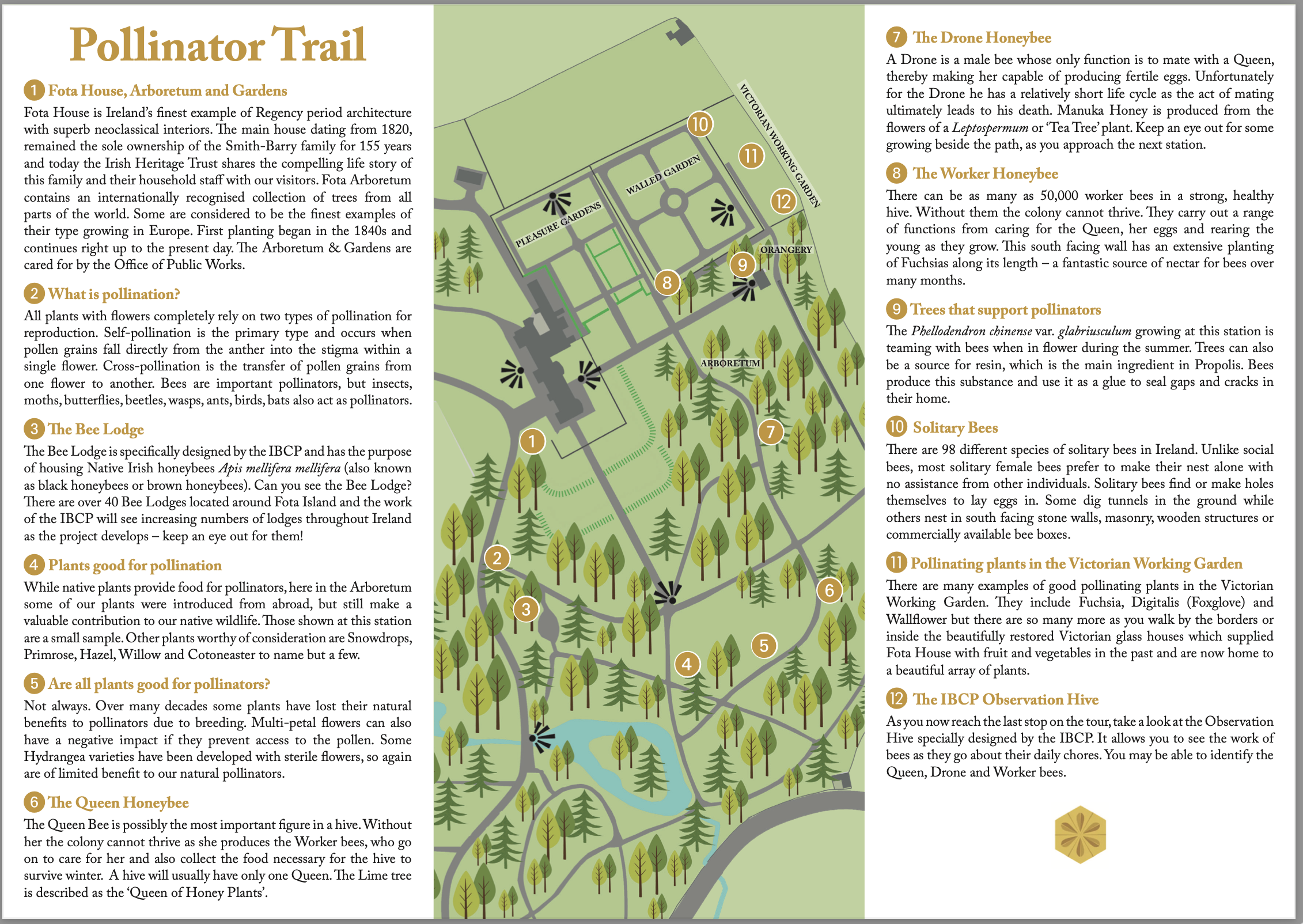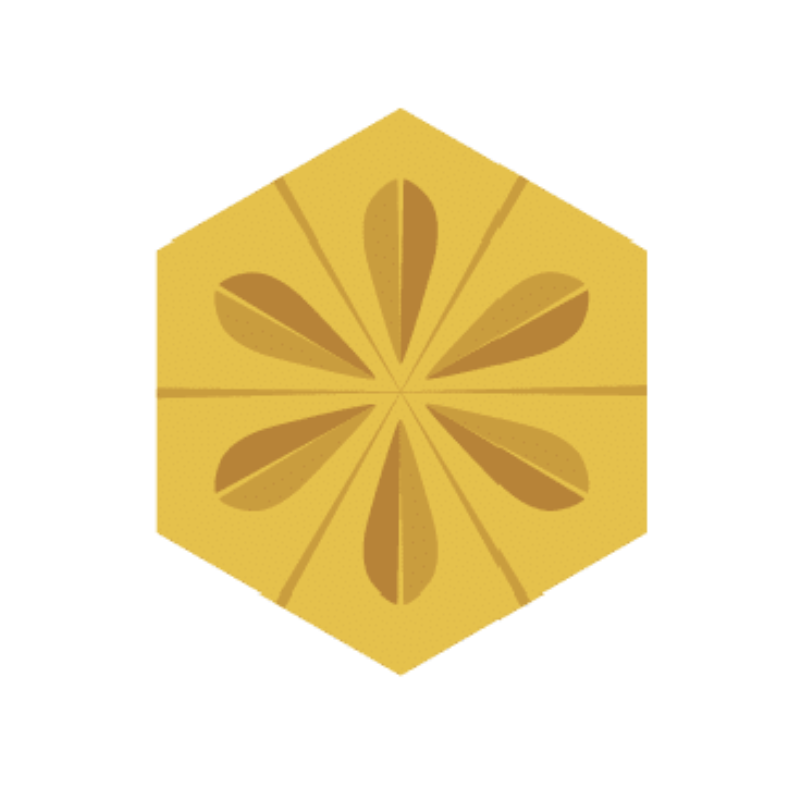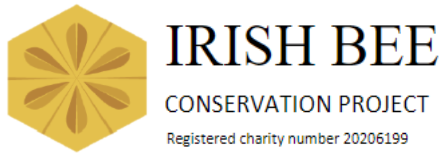Fota Pollinator Trail – Station 12
The Observation Hive
Take a look at the Observation hive specially designed by the IBCP. It allows you to observe the work of bees as they go about their daily chores. You may be able to identify the Queen, Drone and Worker bees. Can you remember how the duties of these three castes vary?
You may buy a Solitary Bee lodge here or some garden plants suitable for pollination (subject to availability).




